Part of Apple's $1 billion investment in its newest iCloud data center in Reno, Nev., goes toward providing clean water for efficient cooling in the high desert location. Here's what's involved in the mega project.
Other segments in this series have looked at Apple's commitment to building the world's greenest data centers, the company's jump start in construction at its Reno data center site, the massive scope of site preparation, the sophisticated water technology being installed and the futuristic data conduits that deliver iCloud's digital packets at the speed of light.
Apple's newest data center, located within the Reno Technology Park now under development by Unique Infrastructure Group, takes advantage of several favorable elements of the site's location.
Despite being located next to the Truckee River (shown above, across the freeway from the site) however, Apple's new iCloud facility needs a source of clean, reliable water. Instead of processing river water, it needs to pull a significant amount of water from underground aquifers.
Despite appearing to be bone dry, the site is actually supplied with underground sources that flow in from the north, but are held from running into the river by impermeable layers of rock. This provides plenty of water that meets the data center's high standards, ranging from low particulate counts to a balanced pH.
Large water infrastructure
Because the site lies just under a hill (above), it's also possible to build water tanks on the side of the slope to hold a supply that is then gravity fed to the facility, reducing the need to build water towers or additional pumping plants.
Water is so critical to the site's performance that parallel, redundant supply pipes are being laid, running from the well sources through massive valves (being buried, above) to the site itself. Stacks of dozens of pipes sit waiting for installation (below).
In front of the initial pilot data center facility Apple has already set up, you can see another set of large valves controlling the flow between different areas of the project (below, next to one of the large supply pipes being laid across the site).
Pipes wearing iWatches
The pipes supplying water to the data center are monitored just as closely as the air temperatures within the server closets. Any flow interruption or other issues with the supply (such as freezing, or contamination) could result in overheating problems that might otherwise jeopardize the reliability of the facilities' servers.
To keep things under control, the pipes are not only jacketed with insulation but also outfitted with sensors (the black block visible in the foreground on top of the pipe, above) that monitor flow and other aspects of the water supply.
Water chillers and evaporative cooling systems
The high tech, sophisticated water supply is required for stored water chillers that are used to efficiently keep racks of servers at optimal temperatures.
At its first LEED Platinum data center facility in Maiden, N.C., Apple developed a series of energy efficient programs, including sophisticated monitoring of power consumption and cooling requirements.
There, Apple is using a massive chilled water storage system (pictured below) that improves "chiller efficiency by transferring 10,400 kWh of electricity consumption from peak to off-peak hours each day," the company noted.
It adds that at night and during cool weather hours, "free" outside air cooling enables it to turn off its water chillers 75 percent of the time. The dry climate of Northern Nevada is likely to make such evaporative cooling even more effective.
"Cold-air containment pods, with variable-speed fans controlled to exactly match air flow to server requirements from moment to moment," enable "extreme precision in managing cooling distribution" the company notes in its report on environmental sustainability.
The initial small building in Reno appears to use a similar water chilling system on a smaller scale (visible above at the rear of the facility). Once the main facility is built, Apple's Reno data center will likely have a water system that's at least as large as the one in Maiden.
 Daniel Eran Dilger
Daniel Eran Dilger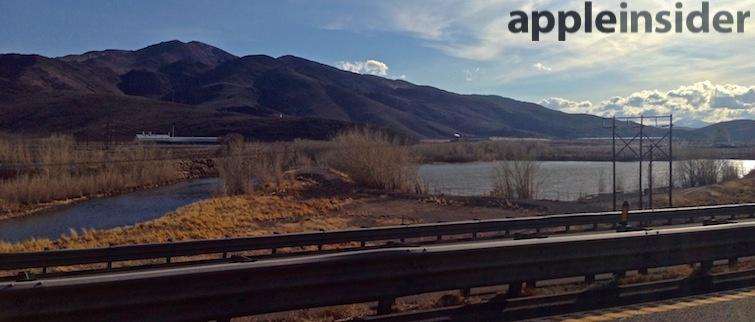
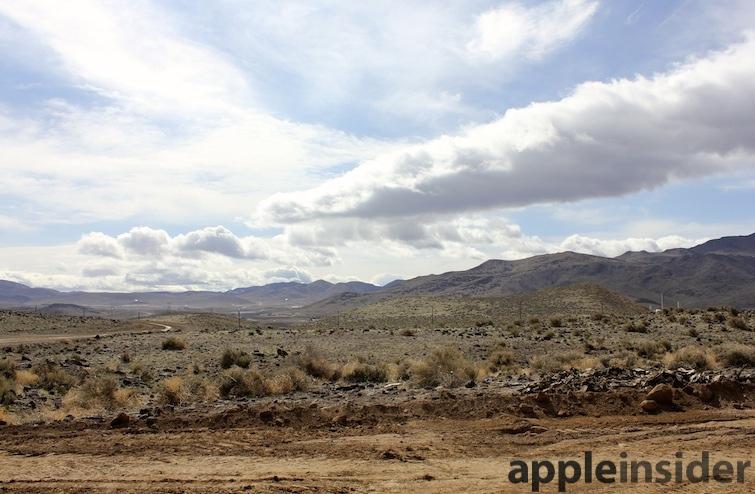
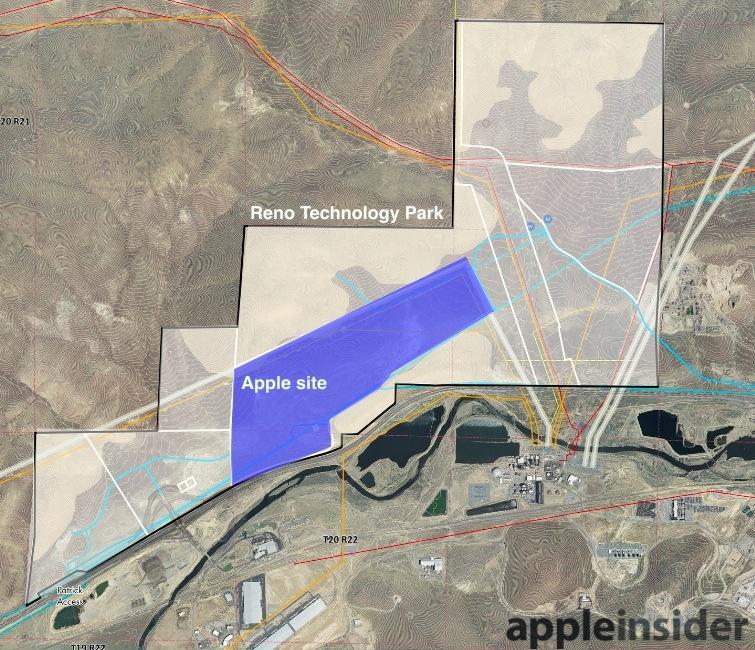
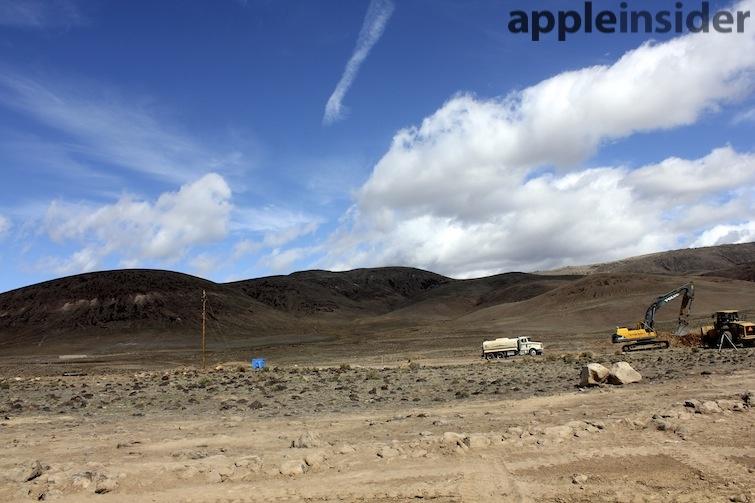
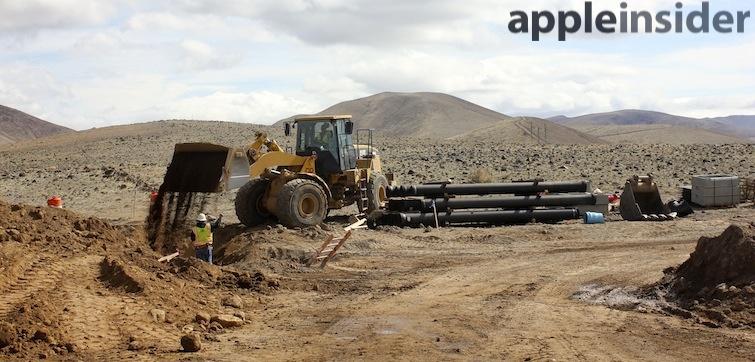
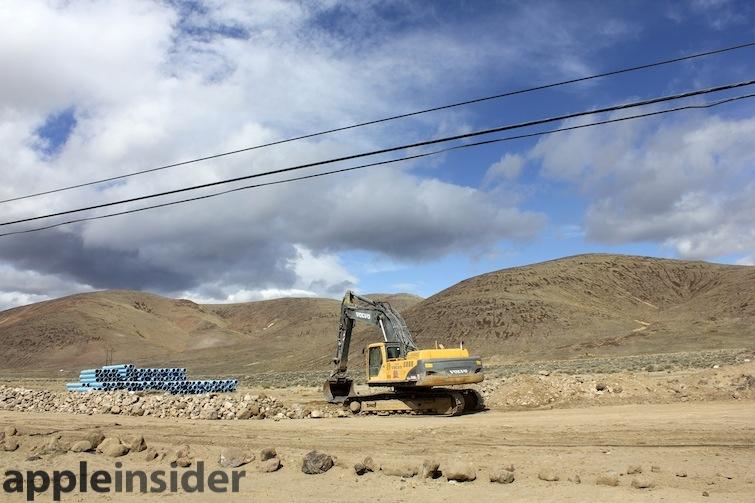
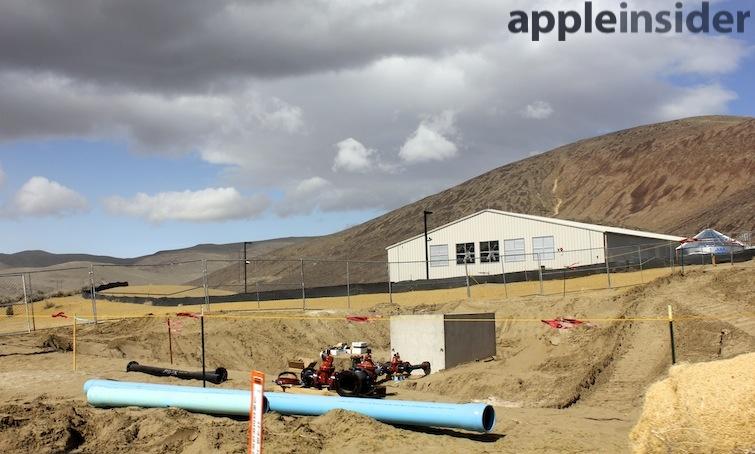
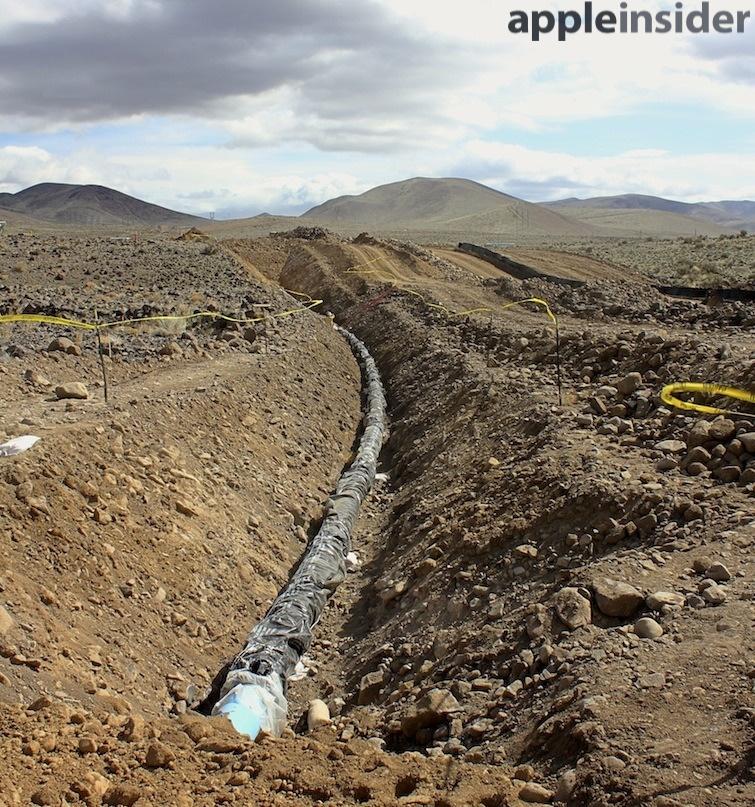
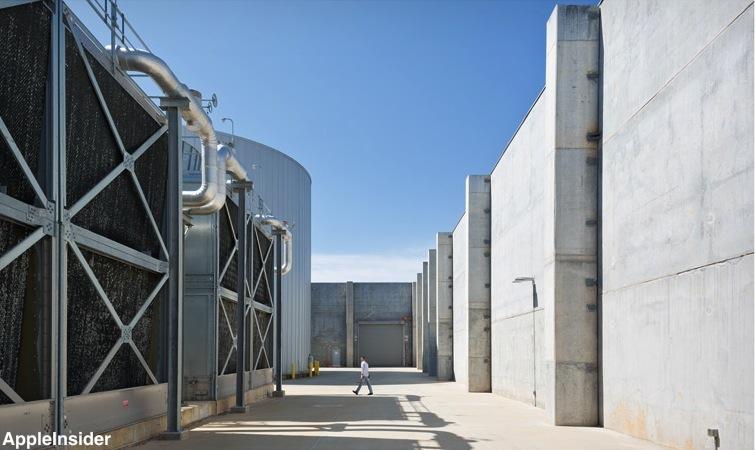








-m.jpg)






 Charles Martin
Charles Martin
 Christine McKee
Christine McKee
 Wesley Hilliard
Wesley Hilliard
 Malcolm Owen
Malcolm Owen
 Andrew Orr
Andrew Orr
 William Gallagher
William Gallagher
 Sponsored Content
Sponsored Content








17 Comments
That's pretty cool. Water-cool, even.
The PC modding community snubbed this news, citing the lack of colored lights adorning the water-cooling system.
The PC modding community snubbed this news, citing the lack of colored lights adorning the water-cooling system.
They could not get authorization for that, in fear that the lights would be mistaken for an UFO landing pad, when they should go to area 51.
Why not build in a cooler location?
If they have the aquifer, it is a shame to use the water for evaporative cooling rather than ground-source heat rejection. That is a big loss of water for communities downstream. Hopefully there is much more to it than identified in the article... As for why not use a cooler location, there are a number of issues to balance, including power cost and availability, network, utility reliability, natural hazards, human hazards, road access, access to staff, cost of land, geographic diversification strategy, taxes, etc. Cooling energy from Phoenix monsoon to North Dakota winter is likely 25% of IT load, which is quite meaningful, but Reno is more mild than Phoenix so your delta might only be 15% in the summer but 8-10% annually. In exchange, you get dramatically reduced latency to the population centers west of the Rockies.